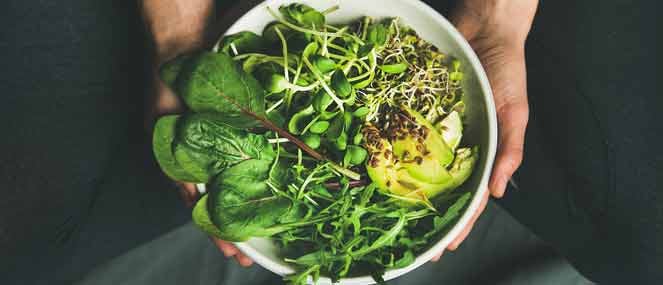
- Health hub/
- Arthritis, joint, bone & muscle/
- Muscle Cramps Could Be Caused By Low Magnesium


You’ve got a cramp – or an exercise-associated muscle cramp (EAMC), as the experts call it. But what exactly are you experiencing?
A muscle cramp is a painful, spasmodic and involuntary contraction of skeletal muscle. It occurs most often in the quadriceps, hamstrings and calf.
Runners generally find they start to cramp at the beginning or end of a run.
While it’s still unknown exactly what causes cramping, it’s thought that fatigue, poor fitness levels, mineral and electrolyte imbalances, excessive sweating and tight, inflexible muscles may up your risk.
Here are our tips on reducing the risk of cramps and how to find relief when they occur.
1. Get your electrolytes right
Our muscle tissue relies on a number of nutrients to help it contract and relax, including a range of minerals and electrolytes.
But, being human, we don’t always have that balance of minerals and electrolytes right, which can make our muscles more susceptible to cramping.
Electrolytes are composed primarily of calcium, potassium and magnesium so, to reduce your risk of cramps, you should be eating foods high in those three minerals.
For potassium, that means leafy greens, vine fruits like tomato and cucumber, sweet potato, banana, carrot and avocado; for magnesium, leafy greens, pulses, nuts, seeds and whole grains; and for calcium, firm tofu, canned fish, yoghurt and milk.
Try adding an electrolyte-rich fruit juice to your diet each day.
A magnesium supplement may also be of benefit. Blackmores Active Magnesium reduces muscle tension and cramps when dietary intake is inadequate.
This powder provides a high dose, rapidly absorbed magnesium complex, along with ginseng to help support muscle endurance and aid post exercise recovery, and vitamins C, B12 and folic acid to help support energy levels if you are low in these nutrients.

2. Hydrate, hydrate, hydrate
Dehydration is a risk factor for cramps, and it’s important that you drink sufficient water before, during and after exercise.But how much water should you drink? According to sports nutritionists this all depends on your “sweat rate”.
To find your sweat rate weigh yourself pre and post a one hour run; the amount you lose in grams is approximately the amount of fluid you need in millilitres.
For example – you lose 600 g after an hour run; this equates to approximately 600ml of fluid. So you need to consume around 600mls of water per hour over a training session.
It’s also worth noting that you shouldn’t go overboard as over-hydrating is also an issue.
To keep it really simple - weigh yourself before and after exercise. If you weigh less - hydrate more; if you weigh more - hydrate less.
3. Be prepared
Cramps are less common in runners who are well trained and correctly conditioned for the event they are competing in.In other words, if you haven’t put in the hours to ensure your body can withstand a certain number of kilometres and a certain speed, you’re more likely to experience cramps.
Start slow and work up to a high level of intensity during training sessions, rather than going 100 per cent right out of the gate. If you are preparing for a race, make sure your training sessions are of a similar length and intensity so your body will be ready.
When a cramp hits…
Start by stretching the muscle and gently rubbing the area to try and relax it. If the cramp is in your calf, try putting your weight on the affected leg and bending your knee slightly.If you are unable to stand, sit on the floor or in a chair and extend the affected leg. Keep your leg straight, and pull the top of your foot on the affected leg towards your body. This will also help with a hamstring cramp.
For cramp in your quads, stand, holding on to a chair, and try to pull your foot on the affected side towards your buttocks.




